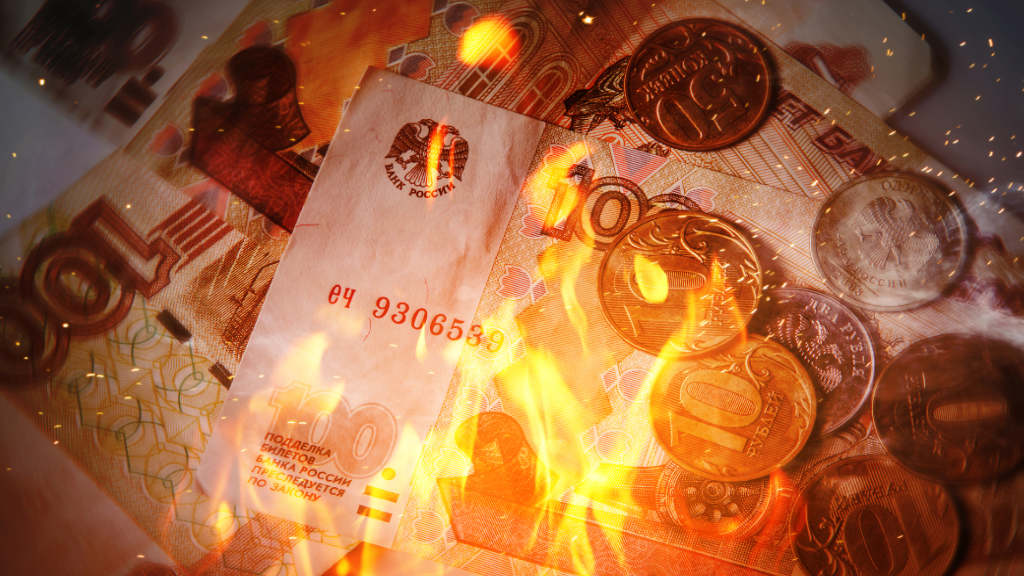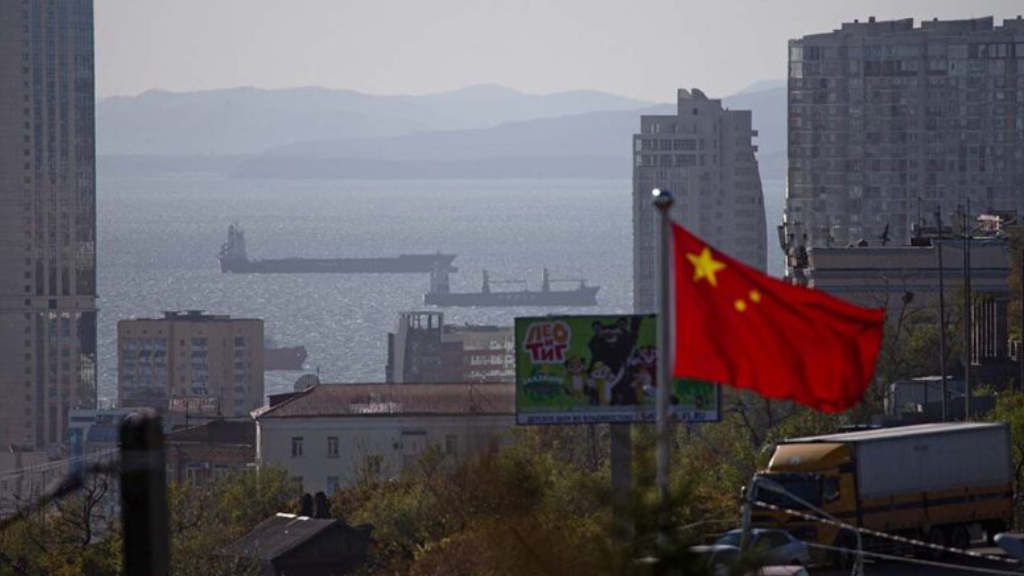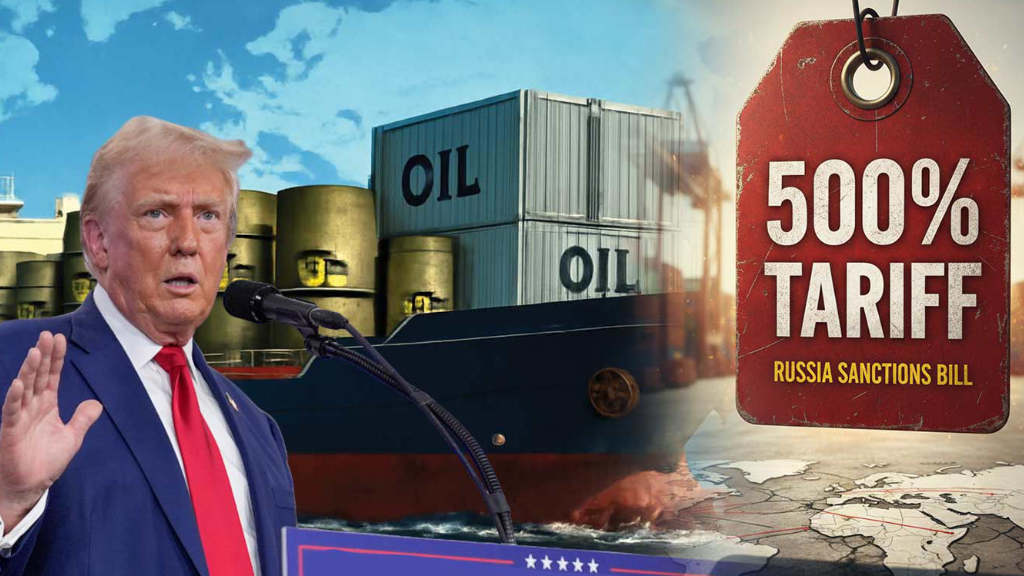The Russian Foreign Minister, Sergey Lavrov, has met with Vivian Balakrishnan, the Minister for Foreign Affairs of the Republic of Singapore, on the sidelines of the 80th Session of the UN General Assembly in New York.
The parties discussed the state of and prospects for bilateral relations against the backdrop of the prevailing international and regional situation. Key priorities for advancing Russia’s engagement with ASEAN were also reviewed.
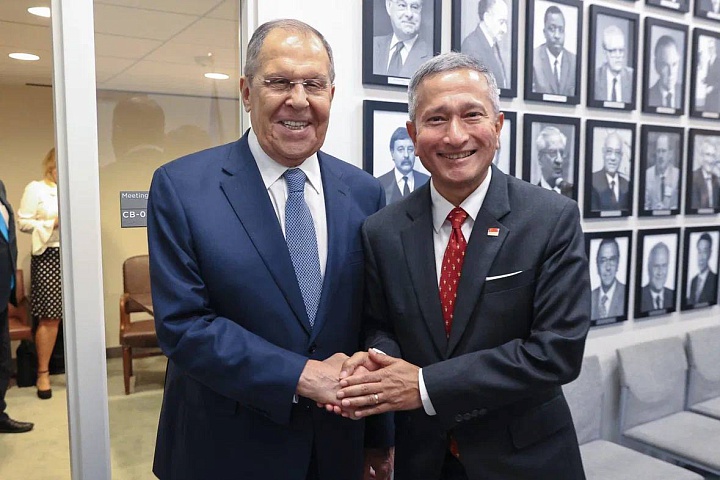
Singapore is the de facto financial and services hub for the ASEAN region and has been following Western sanctions against Russia, although there are signs this is now fading out. The two sides discussing normalising their bilateral trade relations earlier in the year. While Singapore is the wealthiest member of the ASEAN bloc, its own market economy is small at about 6 million, and its manufacturing sector needs to expand overseas to continue to grow.
Singapore had in 2019 been discussing a Free Trade Agreement with the Eurasian Economic Union and a Framework Agreement on Comprehensive Trade and Economic Cooperation. In 2022, all domestic procedures necessary for the entry into force of these agreements were terminated, but there is hope that they will resume.
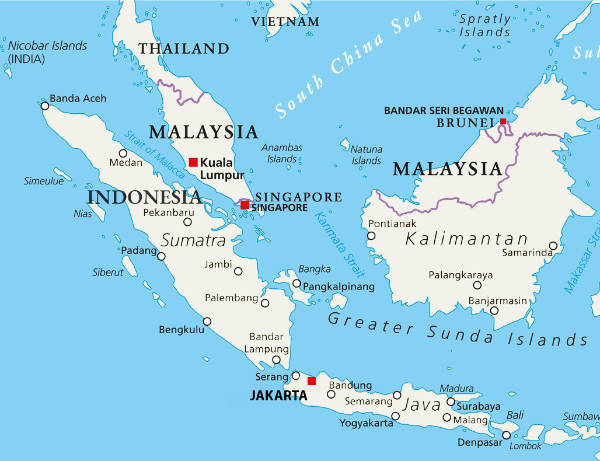
Singapore’s main exports include electronics, chemicals, and services. Key exports include electronics, chemicals, and services, and Singapore is also a regional hub for wealth management and banking. Water is scarce in Singapore, and a sizeable percentage of water is imported from Malaysia; therefore, it is defined as a precious resource. Given its small domestic market, Singapore depends on imports for food, energy, and industrial raw materials.
Singapore places the highest priority on the multilateral trading system embodied by the World Trade Organization (WTO). The country, Singapore, also promotes trade initiatives in regional frameworks like the Association of Southeast Asian Nations (ASEAN), Asia Pacific Economic Cooperation (APEC), and Asia-Europe Meeting (ASEM), as well as bilateral Free Trade Agreements (FTAs), in order to boost the multilateral trading system and quicken the pace of trade liberalization. With commercial partners, it has aggressively sought a few legally binding agreements. Recognizing that regional economic integration is a dynamic and continuous process, the ASEAN Economic Community (AEC) has launched the AEC Blueprint 2025, which lays out the strategic measures pertaining to partnership arrangements with the private sector and industry associations. The AEC’s goal is to create a single expanded market of 600 million people.
Agricultural and farming trade with Russia has been improving this year, with Russian exports of poultry meat, and sunflower oil all increasing. Singapore shipping lines have been inserting themselves into the Russia-China-Asia supply chains along the Northern Sea route.
Singapore is perceived as a ‘city-state’ due to its small area of 734.3 sq km holding a population of 6 million. It has a GDP (PPP) of US$890 billion and a GDP (PPP) per capita of US$89,000, while 2025 GDP growth has been projected to be about 2.4%.
In 2021 Singapore’s trade with Russia stood at US$2.47 billion; however, despite Singaporean sanctions and the official alignment with the West, this has increased to about US$4.18 billion in 2024. Reports indicate that Russia’s refined oil product exports to Singapore reached record levels in May 2024.
There are also signs that the sanctions postponed the Singapore-Eurasian Economic Union Free Trade Agreement, which was suspended in 2022, and may be in the process of being reactivated—the Kazakhstan senate ratified the agreement in December 2024, which they would not have done if it was not considered viable. Singapore, with its small landmass and wealthy population, also needs to diversify its economy beyond ASEAN—developing relations with the EAEU had previously been seen as potentially highly positive for its high-end exporters.
While Singapore’s economic ties with Russia are limited, the imposition of sanctions and export controls has failed to fully influence bilateral trade flows, and the overall trend appears cautiously optimistic.
Further Reading



